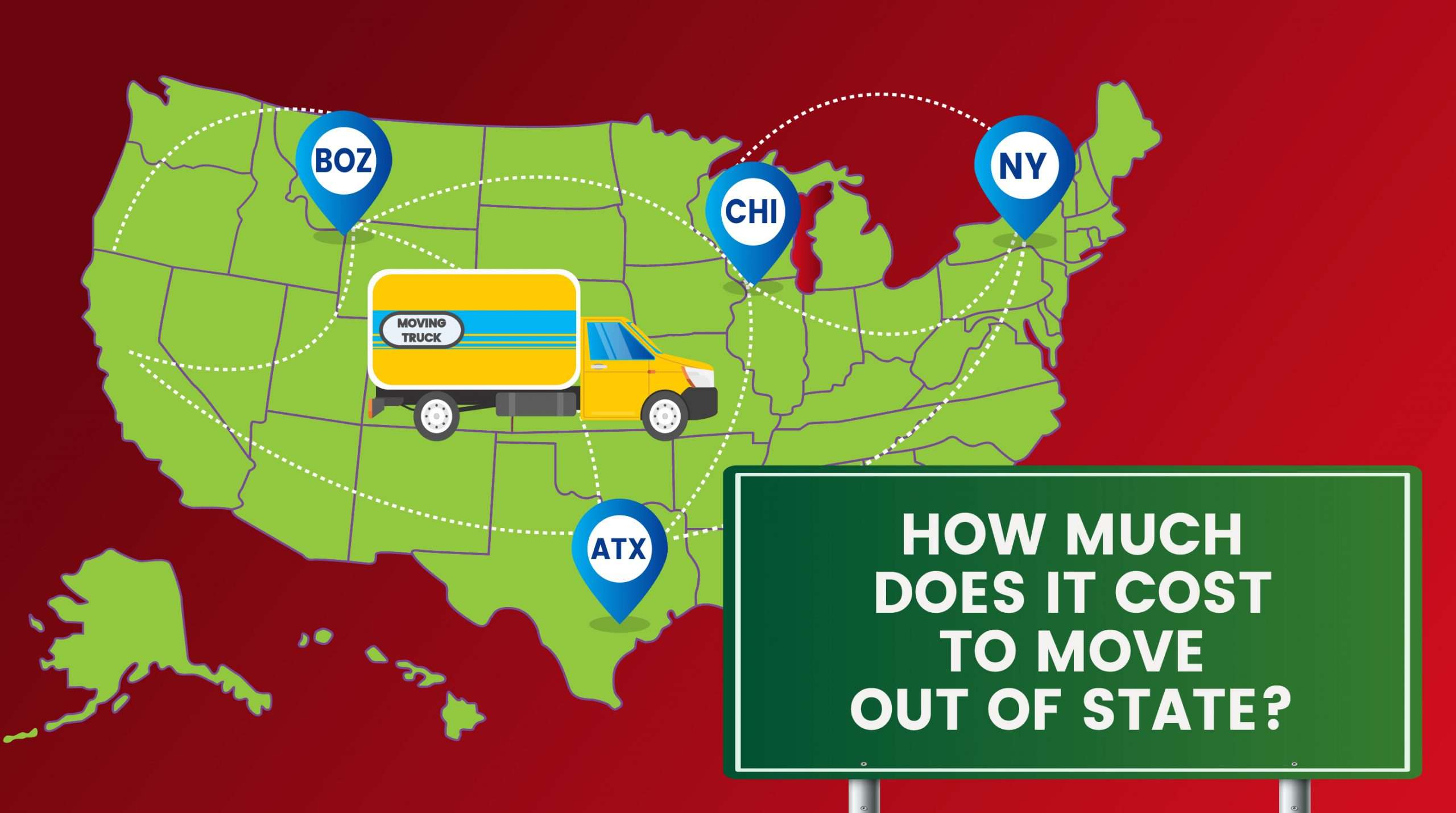If you’re planning for an interstate move, you probably have a lot of concerns ahead.
Whether you’re moving a small apartment or relocating an entire home, this guide will help you navigate the process confidently.
Let’s dive into the world of interstate relocation and uncover what it really takes to move to another state.
Understanding the Scope of Interstate Moving
When you cross state lines, your move falls under federal regulations, typically overseen by the FMCSA (Federal Motor copyright Safety Administration).
You also need to account for different entry restrictions in each state.
Understanding the scope of an interstate move prepares you to budget more accurately, manage your time better, and set realistic expectations for delivery and setup.
How to Select the Right Interstate Moving Company
Look beyond flashy websites and ask for proof of compliance and customer reviews.
Request detailed quotes from at least three companies.
Taking time to vet your moving company can save you stress, money, and avoidable delays.
What Determines the Price of an Interstate Move?
Another key factor is the weight or volume of your shipment; heavy or bulky loads increase both transport and handling fees.
For long-distance moves, some companies offer flat rates, while others charge per pound or cubic foot. Make sure you understand the pricing model before signing.
Planning ahead ver a pagina and informing ver detalhesQuanto custa uma mudança residencial no RJ? your moving company about these conditions helps avoid surprise charges on moving day.

How to Plan and Organize Your Interstate Move
Proper planning is the foundation of a successful interstate move. Start by creating a timeline—ideally 8–12 weeks before your move date.
Create a detailed list of what you’re moving, noting valuable or fragile items.
Finally, prepare an essentials kit for the days surrounding your move.
How to Choose the Best Type of Interstate Service
Not all interstate moving services are the same, and understanding your options helps you choose wisely.
Container services (like PODS) offer flexibility: you load the container yourself, and the company transports it across state lines.
When comparing services, consider your priorities: Do you value convenience or budget?

Common Mistakes to Avoid in Interstate Moving
Booking early not only secures better pricing but also gives you time to research and prepare properly.
Another common pitfall is failing to check mover credentials.
Using cheap boxes, skipping labels, or failing to protect fragile items increases the risk of breakage.
Tips for Saving Money on Interstate Moving
Every extra pound adds to the total bill, so sell, donate, or recycle items you no longer need.
Some movers offer price matching, discounts for flexible dates, or savings for booking during off-peak seasons.
Lastly, consider doing part of the work yourself.
Final Thoughts on Moving Between States
From selecting a mover to managing costs, each choice shapes the outcome of your move.
By following expert tips and avoiding common mistakes, you can reduce stress and ensure your belongings arrive safely.
With the right mindset and resources, moving to another state can be a smooth and rewarding transition.
Your Interstate Moving Questions Answered
Are there budget-friendly options for moving out of state?
The cheapest options include renting a moving truck, using a freight trailer, or downsizing your load to reduce weight.
When should I hire movers for a long-distance move?
Last-minute bookings often come with limited availability and higher prices.
What items are movers not allowed to transport across state lines?
Always check with your moving company for a detailed list of prohibited items.
What insurance options are available for long-distance moves?
You can purchase full-value protection for higher-value items or third-party insurance for extra peace of mind.
Do movers provide tracking for long-distance relocations?
Staying informed reduces anxiety and helps you plan for delivery day.